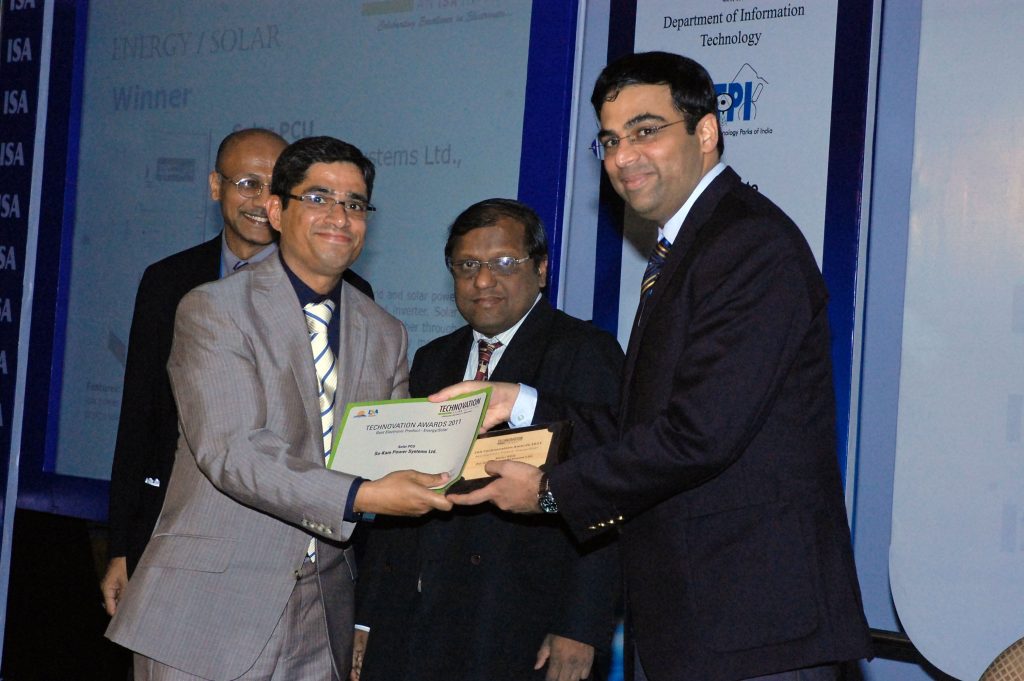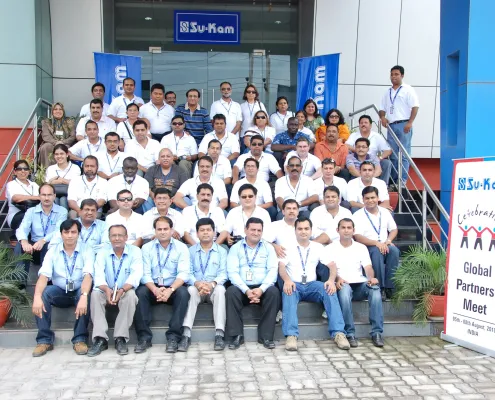The heartbeat of Leadership: A journey from Me to We

“The Heartbeat of Leadership: A Journey from Me to We,” feels like peering into the very core of my being, a reflection not just of a philosophy, but of a life lived, a journey etched in the annals of Su-Kam and, more importantly, within the chambers of my own heart. https://kunwersachdev.com/the-fire-walk-experience-a-journey-of-mental-strength-and-leadership-by-kunwer-sachdev/

As Kunwer Sachdev, the founder of Su-Kam, I can tell you with absolute certainty that the leap described in that piece isn’t just an abstract concept; it’s the raw, unfiltered truth of my own evolution. The early days of Su-Kam were intensely personal. Every success felt like a solitary climb, every hurdle a personal battle. My identity was intrinsically linked to each milestone achieved, each product innovated. There was a certain comfort, a tangible sense of ownership in that singular focus.

But the universe, and the demands of a growing dream, had other plans. The moment arrived, not with a thunderclap, but with a quiet stirring within me, where I realized that the vision I held was far too vast to be contained within my own two hands. The true potential of Su-Kam lay not just in my individual drive, but in the collective energy, the diverse talents, the shared passion of a team.
That crossroads, that “edge of a cliff,” was real. The accomplishments I had held onto so tightly – the initial breakthroughs, the early recognition – felt almost like anchors as I looked into the “valley of unknowns.” Could I truly entrust my vision, my baby, to others? Would they understand the fire that burned within me? The fear was palpable, a constant hum beneath the surface of my ambition.
The “unseen battles” resonated deeply. Oh, the countless nights spent wrestling with the shift from doing to delegating! It felt like surrendering a part of myself, a fear that perhaps no one could execute the vision with the same fervor, the same meticulousness. The weight of the team’s aspirations, their livelihoods intertwined with the decisions I made, was a burden heavier than any individual challenge I had faced before. The internal monologue – Did I explain it clearly? Did I offer enough support? Are they truly empowered? – became a constant companion.
But within that “crucible,” the magic indeed began to happen. Leadership ceased to be about directives and became about deep, genuine connection. It was in truly listening to the concerns of a colleague, not just hearing their words but understanding their anxieties and aspirations, that I began to grasp the true essence of leading. The simple act of acknowledging someone’s contribution, a heartfelt “thank you” for a job well done, often yielded results far beyond any formal reward.
Learning to delegate was an act of profound trust, a conscious decision to believe in the potential of others, even when it felt easier to just do it myself. There were stumbles, yes, moments where things didn’t go as planned. But witnessing someone rise after a setback, fueled by the autonomy and belief you had placed in them, was a reward unlike any personal triumph. Their growth became a testament to the shared journey.

Leadership, I came to understand, is not a static title but a continuous process of evolution. The workshops, the mentors I sought weren’t just about acquiring new skills; they were about fueling the very spirit of innovation and growth within the entire Su-Kam family. My own learning became inextricably linked to the progress of my team.
And then, the realization dawned – the true joy wasn’t in the individual accolades, but in the collective symphony of success. The breakthroughs of my team members became my proudest moments. Their resilience in the face of adversity became my greatest strength. The transition from “me” to “we” wasn’t a sacrifice; it was an elevation, a profound expansion of what success truly meant.

Today, as I reflect on the journey of Su-Kam, I see a tapestry woven with individual threads of brilliance, all harmonizing to create something far more significant than any single strand could achieve. That is the heartbeat of leadership – the messy, beautiful, utterly human endeavor of uplifting others, of fostering a shared dream, of finding a joy that resonates far beyond personal achievement.
Thank you for being a part of this incredible journey.
My journey with Su-Kam, from its inception to its growth, was a deeply significant part of my life and career. However, due to the unfortunate circumstances leading to the company’s bankruptcy, my association with Su-Kam has ended.